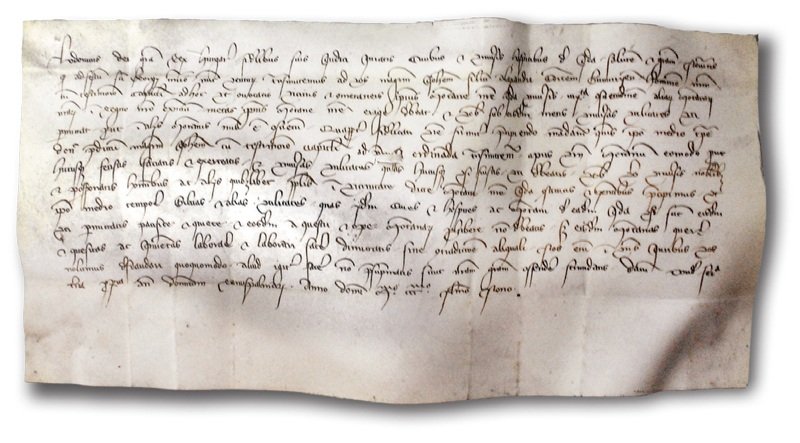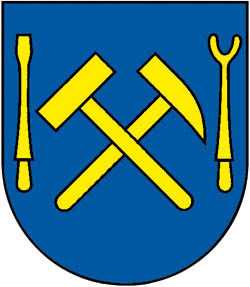The original name of the village was Ida, as it results from the contract of King Louis I in March 31. 1349, in which he announces to the portreeve, compurgators, citizens and guests of Ida that he is sending John, major of Gemer region, to set boundaries.

1359
From the dispute contract in 1359 results that Gelnica, Smolník and Ida recieved subsidies from King Charles Robert († 1342).
1459
In the 15th century the village often changed owners – it was rented by ugrian king Sigismund of Luxemburg and also by Vladislav (at that time as a part of the Spiš county) – until it was finally donated by king Matthias Corvinius in 1459 to Košice together with extensive forest property. Right at this time Idabanye becomes Aranyida (Zlatá Idka) and the village becomes part of the Abov county.
1663
Košice was the owner of Zlatá Idka for more than 300 years. At that time the local gold was probably used for coinage in Košice mint. There was a decline in local mining in the 16th and 17th centuries caused, alike in other areas, by turbulent social events – wars, convulsions, Turkish invasions. Sometime before year 1663 the village was burned by Turks.
1763
In the 60s of the 18th century Košice exchanged all local land property in Zlatá Idka and neighbouring Opátka for imperial mill in Košice, therefore Košice got back under the states administration. Property was assigned to the mine aggregation. In 1763, the mine aggregation built there smeltery for processing of copper ore.
1807
In 1807, it also joined the local mining business, in which several private mining companies had done business. In the same year, the first copper smeltery in Zlatá Idka was abolished.
1809
In 1809, Gabriel Mikulas Svajczer came to Zlatá Idka and with him the development of local mining began. The mining aggregation was built in the village: a hospital, a pharmacy, new school, barrelhouse and resindential houses.
1823
In 1823, a new smeltery for proccesing of silver ore was built and launched in a part of the village called Rieka.
1892
On July 26, 1892 there was a great fire outbreak, which destroyed a large part of Zlatá Idka.
1896
Since 1896, the operation of mines had become unprofitable and had continued only for social reasons.
1913
In 1913, the operation of smeltery was temporarily stopped, but due to the development of other world events, it has never been renewed.
1914
In 1914, up-to 50% of local miners had to enter the forces. 25 men have never returned from World War I.
1926
After the establishment of Czechoslovakia, the mining was not longer renewed and in 1926, the state forest administration took over all mining buildings and land.
1939
In 1939, Zlatá Idka was attached to Hungary and Hungarian state mines step up to reopening of some long mining works. However, they did not achieve more remarkable results and thus stopped work and left the mines.
After the World War II, the village again became part of Czechoslovakia.
